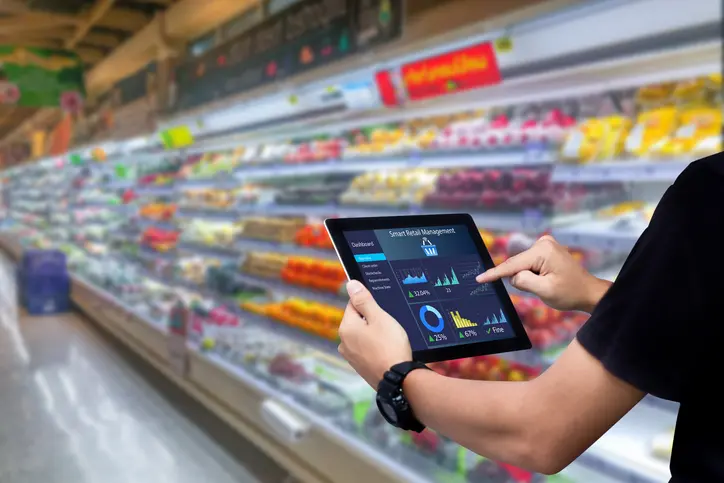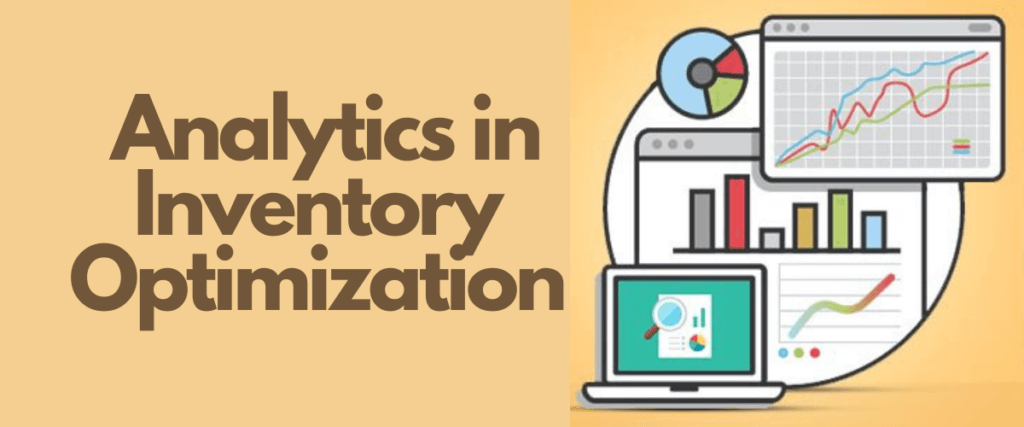As lockdown restrictions are being lifted around the globe, businesses begin to see the light at the end of the tunnel. Yet the world to which we offer our products and services today is completely different from the one we used to know before the pandemic. The eCommerce industry is now seeing a major reshuffle in customers, products and competition with numerous adjustments to continue in the long term. This article aims to explore key eCommerce trends after Covid-19 and help you stay ahead of the competition.
New customers
The latest research from Global Data names a significant boost in online shopping as one of the long-term results of the healthcare crisis. According to its “Covid-19 Impact on eCommerce“ analysis, new customers will flood in as even those who previously showed skepticism towards eCommerce may prefer to avoid public places and turn to online shopping.
Other numbers show that consumers are now more willing to move away from Amazon and explore independent brands. During the crisis the pureplay giant went frequently under attack due to its shipping delays and notorious worker treatment, pushing some customers away.
The study further suggests that even retailers who have suffered a drop in online sales during the lockdown can benefit from a tailor-made eCommerce solution in the recovery process. Therefore, a digital upgrade in eCommerce service must enter your 2020 business priorities no matter the area of retail.
If you seek to improve your efficiency and robustness, bring more focus onto your demand planning and leverage new technologies such as the cloud, 5G, the IoT and blockchains.
The new essential
Together with the new normal comes the new essential. Prior to lockdown consumers divided their spending in two basic categories, namely: essentials and non essentials. The former represent the basics we just can’t live without and include food and utilities while the later encompasses just about everything else. Lockdown has been eroding this straightforward division day after day, bringing in a new player – the new essential.
New essentials are any items that respond to your stay-at-home needs and requirements, helping you through these challenging times. This category of spending lists office supplies, sporting goods, beauty and cosmetics, houseware and home improvement items, toys and hobby products.
The shift towards the new essential reflects the consumers’ willingness to render their home a work-friendly environment, stay fit and maintain normalcy by adhering to daily routines. Other shopping choices like cooking, construction or gardening items should be viewed through the lense of the consumers’ need for self-realization and creative expression.
As consumers found themselves locked at home with more hours at hand, spending on previously non essential items amounted to 40 percent of all consumer sales between March and April. The exact shifts in consumer spending across the six subcategories are 28 percent in office and supplies, 29 percent in health and fitness, 26 percent in housewares, 24 percent in home improvement, 30 percent in beauty and cosmetics, and 29 percent in toys and hobbies. While it is true that we might not see the likes of the initial spending boom repeat itselves, this trend is sure to continue as more people perform a permanent switch to smart working.
As more products move to the new essential at the whim of consumers, businesses must ensure they always have the right level of inventory at the right time. One way to improve stock availability and prevent lost sales is to opt for a sleek inventory optimization software that streams estimates of your stockout risk in real-time.
Competition in flux
The pandemic has thrown countless businesses into crisis but some of them sense an opportunity to launch themselves into the 21st century by going online. As reported by Guardian, the number of UK companies starting websites skyrocketed by 70 percent in comparison with the weeks prior to the stay-at-home mandate.
One market player that has drawn a major benefit from the Covid-induced shift in consumer behavior is, without doubt, the food, grocery and beverage sector. In an effort to avoid crowds, consumers either choose BOPIS (buy-online-pick-up-in store), home delivery or a personal shopper. In fact, with lots of businesses facing unprecedented demand for ordering online, grocery and food eCommerce has been spiking since March.
Both customers and businesses find themselves in a state of uncertainty when it comes to define the post-Covid world. Customers are now turning to brands that can be reached from a safe distance – right from the comfort of their home. As customers add previously non essential items into the shopping cart, businesses must adapt their offer to the new normal and provide the new essential to stay afloat.
In the absence of flesh-and-bones clients, businesses are naturally moving to eCommerce, mitigating risks with cutting-edge demand forecasting and inventory optimization software. But how can you make critical demand forecasts with Covid-19 scrambling normal data patterns? Intuendi offers a state-of-the-art demand planning solution that considers and adjusts for black swan events like the coronavirus outbreak. By introducing anomalies into your demand planning calculus, you can simulate multiple business scenarios during and post Covid-19 and face unexpected and extreme situations both today and in the future with greater demand planning accuracy.
If you want to improve demand planning by analyzing the impact of Covid-19 on your business contact us today, we’ll be happy to share our expertise with you.






